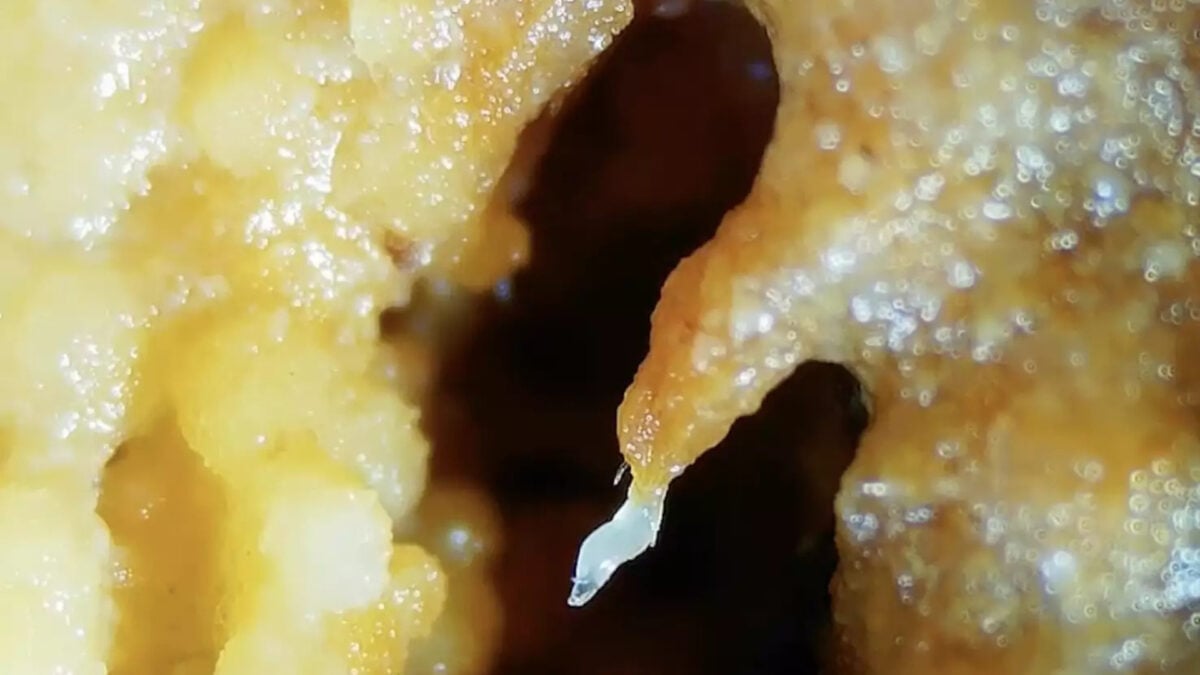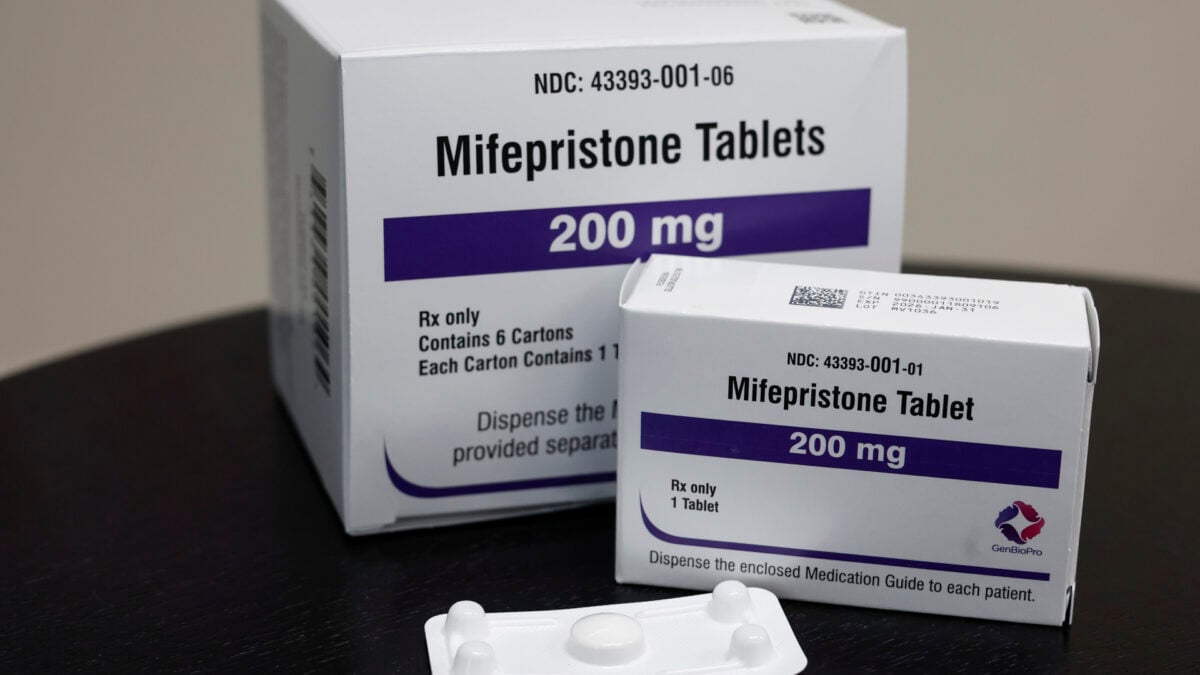A tragic incident involving a woman’s death from a brain-eating amoeba highlights the dangers of improper nasal irrigation. Health officials reported that the fatal infection with Naegleria fowleri occurred after she used tainted tap water from a recreational vehicle’s system for a sinus rinse. This case underscores the critical importance of water safety in such practices.
Federal and local health authorities in Texas detailed this unusual case in the CDC’s Morbidity and Mortality Weekly Report. The 71-year-old woman developed neurological symptoms several days after performing nasal irrigation and succumbed to the infection merely a week later. While rare, these infections are preventable by adhering to safety measures, notably using only sterilized water for nasal rinsing, according to officials.
The Case and the Culprit: Naegleria fowleri
N. fowleri is a shapeshifting amoeba found in soil and warm freshwater environments. It typically consumes bacteria and poses no threat if ingested. However, if the amoeba enters the body through the nose, it can travel to the brain. Once there, N. fowleri destroys brain tissue and causes severe inflammation, leading to a devastating brain infection known as primary amebic meningoencephalitis (PAM).
The MMWR report stated that the previously healthy woman presented with fever, headache, and altered mental status. Four days prior, she had used tap water from an RV’s water system at a Texas campground for nasal irrigation. Physicians quickly suspected PAM. Despite medical intervention, she experienced seizures and passed away eight days after her symptoms first appeared. The unusual circumstances of her death prompted an investigation by the Texas Department of State Health Services and the CDC.
Investigation and RV Water System Concerns
Investigators tested water samples from the RV’s portable water tank and the municipal water system to which the RV might have been connected. Neither source tested positive for the amoeba. However, sampling occurred 23 days after the woman’s exposure, by which time environmental conditions could have changed. Crucially, they found evidence that the RV’s water system was not adequately disinfected to prevent contamination, offering a likely explanation for how the amoeba entered the tap water.
“This case reinforces the potential for serious health risks associated with improper use of nasal irrigation devices, as well as the importance of maintaining RV water quality and ensuring that municipal water systems adhere to regulatory standards,” the officials stated in their report.
Understanding PAM and Prevention
PAM is an exceedingly rare condition, with only about 150 cases documented since the amoeba’s discovery in the 1960s. However, it is almost invariably fatal once symptoms manifest. Most infections occur when individuals get water up their nose while swimming in warm freshwater lakes. Yet, the amoeba can also survive in drinking or recreational water systems, particularly if they are not properly sterilized. Several past cases have linked PAM to the use of contaminated tap water for nasal irrigation, a practice often employed to clear sinuses for allergies or respiratory infections.
The report’s authors emphasize that PAM can be readily prevented by following recommended nasal irrigation practices. These include using only distilled, sterilized, or previously boiled and cooled tap water. This recent case also draws attention to the specific risk posed by improperly maintained RV water systems. Consequently, Texas and federal health officials have developed an infographic to guide RV users on how to reduce their risk of PAM and other waterborne diseases. Adhering to these guidelines is crucial for safe nasal rinsing.











